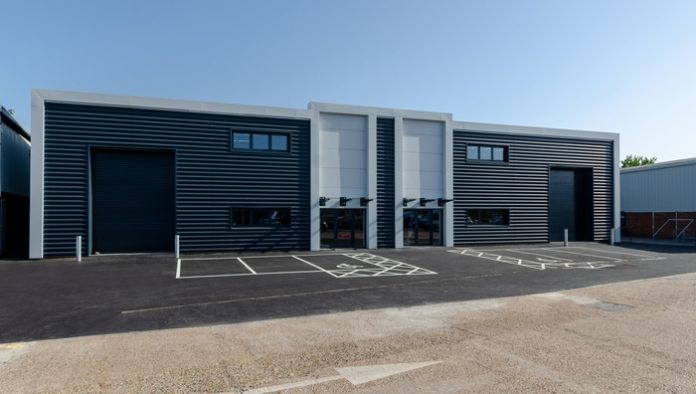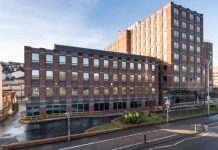By David Martin, Partner and Head of Sussex Coast at SHW
As an industrial agent based in Brighton and Hove, it has been disappointing to see the loss of several modern industrial estates over the last five years to residential redevelopment. Since the production of SHW’s first “Room to Grow” land and buildings analysis report in 2001, the overall industrial stock in Brighton and Hove, (according to VOA figures), has dropped from 431,000 sq m in 2001 to 342,000 sq m in 2021. This is a substantial drop of 89,000 sq m, or approximately 958,000 sq ft.
Whilst understanding the pressure on the local authority to provide additional residential accommodation to meet planning requirements, existing local industrial and warehouse businesses struggle to find additional space to allow them to expand in the City and are being faced with having to look outside of the Brighton conurbation if they wish to grow their businesses.
It is just as difficult for new companies looking to move into the area to find anything but small units of under 5,000 sq ft, with limited prospect of new industrial and warehouse buildings being constructed in the City.
Two of the most recent developments in the early to mid-2000s were at Woodingdean Business Park in Brighton and St Josephs Business Park in Hove. Both proved to be popular schemes, albeit only really providing smaller units. The last large unit scheme to be built was at Home Farm Business Centre in Brighton in the late 1980s, with speculative buildings of between 10,000 and 42,000 sq ft.
The result of the extreme shortage of space is twofold. Firstly, rents for industrial and warehouse units have risen significantly on most industrial estates in Brighton and Hove because demand continues to considerably exceed the available supply. Another industrial estate constructed in the mid-1990s in the area, and let initially at £7 per sq ft, is now achieving rent of over £18 per sq ft with the rent still climbing.
Secondly, with the level of rents climbing so high, developers have been actively seeking development sites in Brighton and Hove but with almost no options available because of the pressure to build housing. Looking outside of the City, you will see significant new speculative development in places such as Billingshurst, Crawley, Burgess Hill, Polegate and Newhaven but nothing in Brighton and Hove.
The result of this limited land availability for Industrial development will be the relocation of existing businesses to the likes of Burgess Hill, Crawley and elsewhere, if they wish to expand. This relocation of many existing, high-quality industrial businesses located in Brighton & Hove will be a real loss for the area.
What is the solution? In my mind, and many others will agree, we need to make greenfield sites available, specifically for industrial development, so that when planning is given to demolish existing industrial estates to make way for residential use, there are nearby, “readymade” replacement sites with planning available. The other option to help the market would be to protect what is left, much like what has happened inside the M25 with “Strategic Industrial Sites”, where it is very difficult to get a change of planning to alternative uses from the current industrial use, unless you have actively marketed the site for that purpose for more than 18 months.
From discussions we are having with developers, we believe there would be strong demand to build speculatively, and new developments would also free up existing industrial buildings in the city for businesses that cannot afford the rents for new buildings. New development sites would help to put Brighton and Hove on the map as an industrial location, as well as being somewhere nice to live.






















